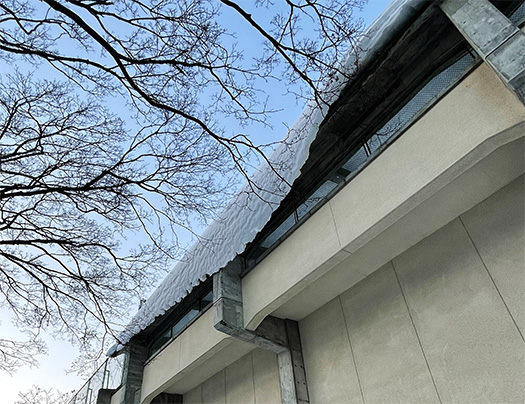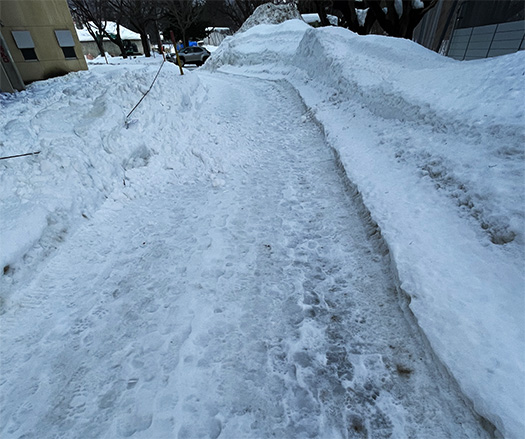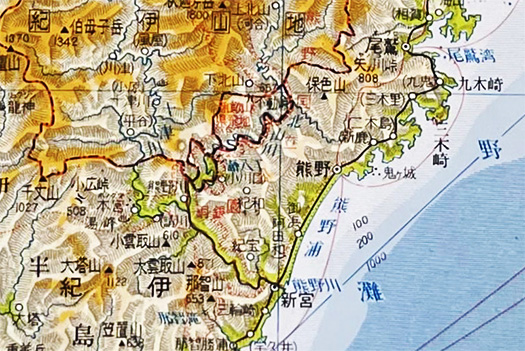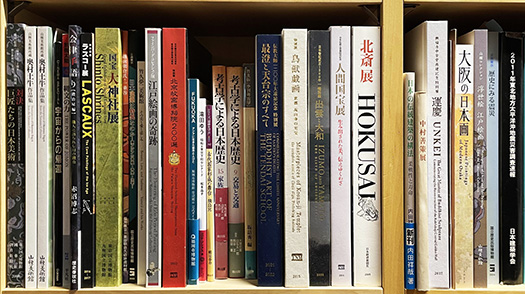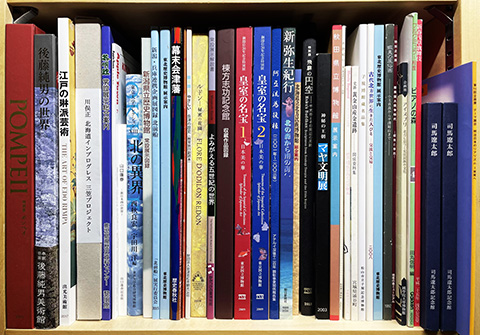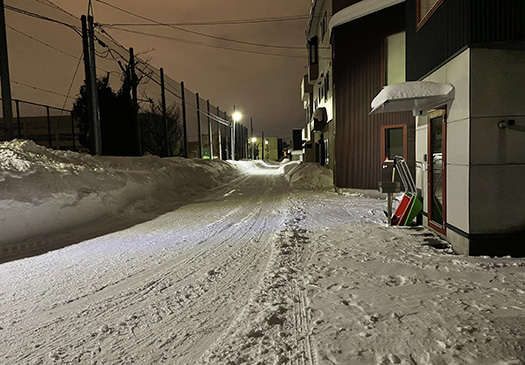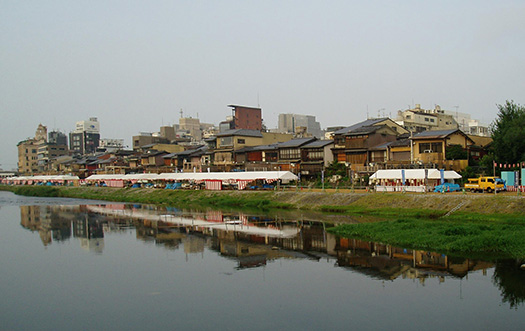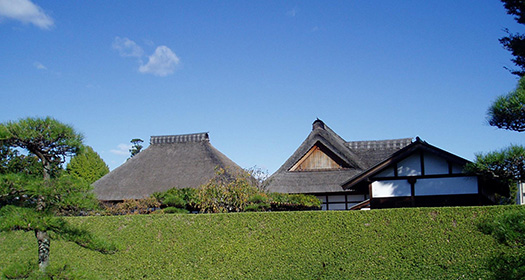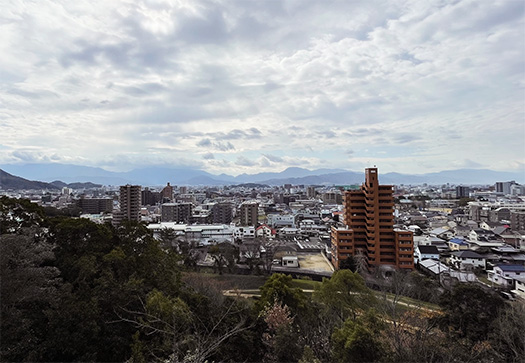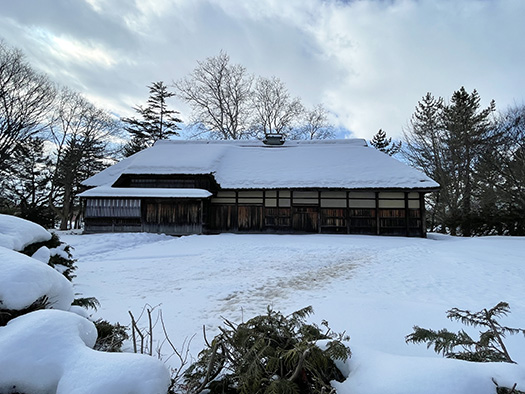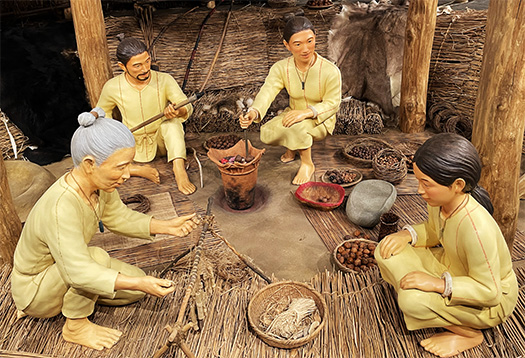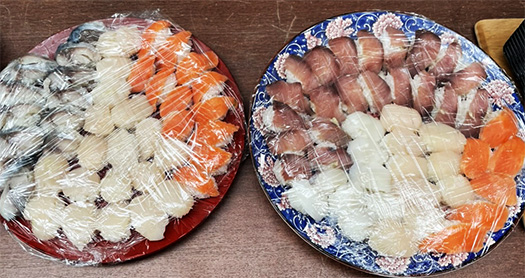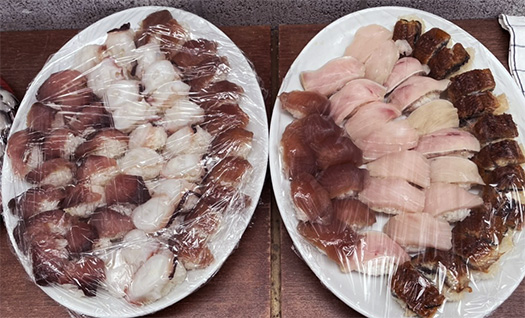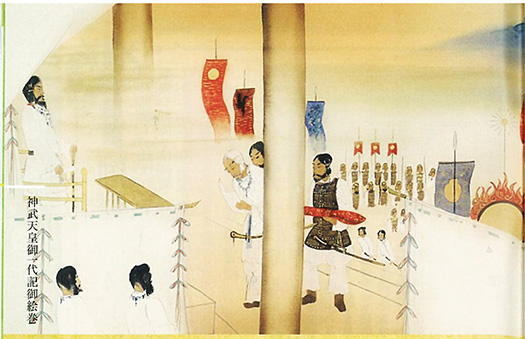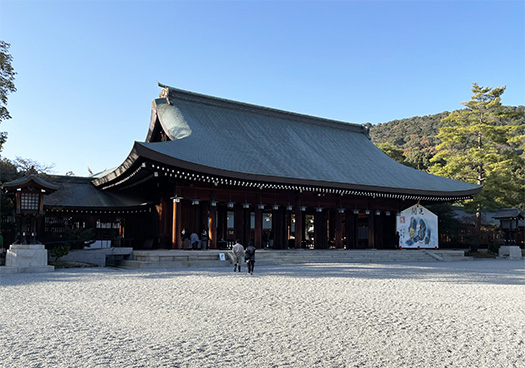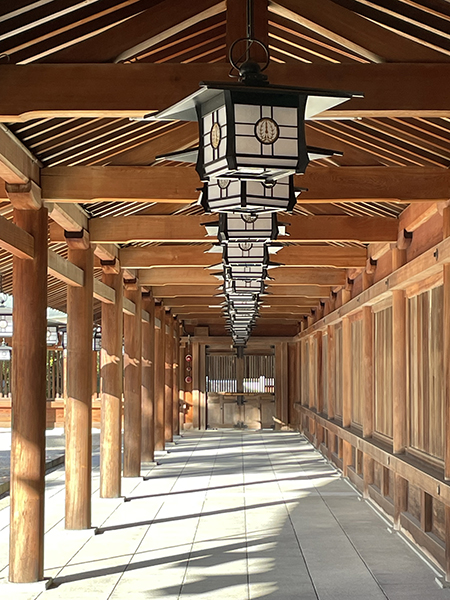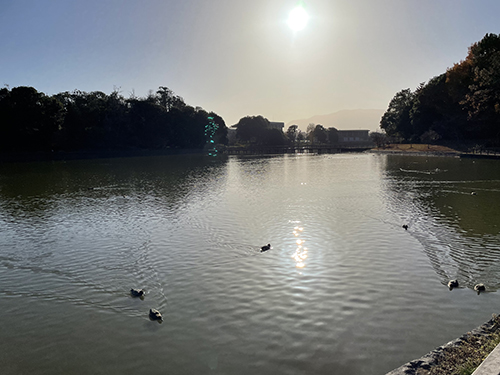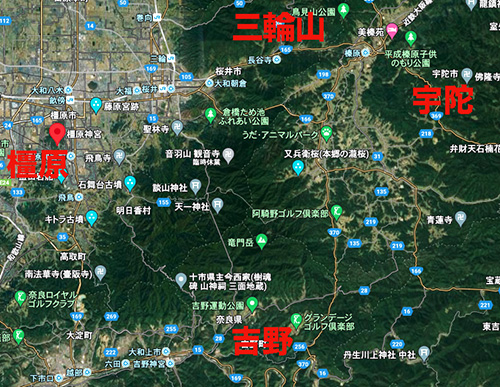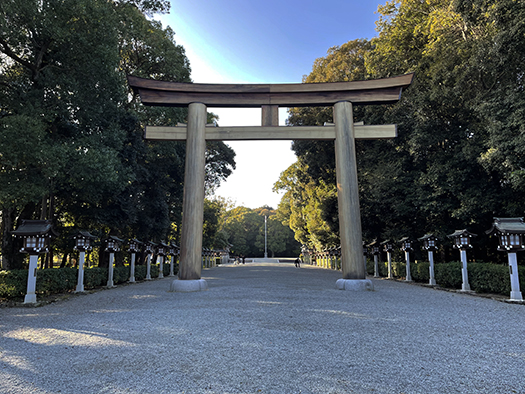
図は皇統初源期の系図。古事記・日本書紀の編纂にあたって天武天皇の御子である舎人親王とその編纂チームが国家プロジェクトとしてまとめあげたときに、さまざまな古代の人名が掘り起こされた。
天武帝の時期に国号としての「日本」が定まり、さまざまな動乱を経て、対東アジアとの外交関係も成立していった。書き言葉、記録可能な文字体系として「漢字」が導入されて、そこではじめて古代の人名を「表記」することが可能になったのだろう。
今日わたしたちは、漢字とひらかな、カタカナの混淆文をベースとして日本語を獲得しているけれど、その歴史を考えると,現代のすぐ直前の明治期の日本語大変容が象徴的なように、対外文明の受容に即して、日本語が変化したことが自明にわかる。明治のこの大変化は比較的身近にその時期のことば改造に直接関わったひとびとの「息づかい」にまで触れることができる。個人的には夏目漱石の作品と人となりなどに深く共感を覚えさせられる。それがいかに壮大な「文化大革命」であるか、ヒシヒシと伝わってくるモノがある。今日わたしたち社会の基盤構築の格闘ぶりがわかり、そのなかでたくさんの文学者などの作品群を「証拠」として確認することもできる。
その明治の大変化のさらに数倍のレベルで、記紀の時代の先人たちは格闘したに違いない。
なにしろ、ことは実質として「国家創業」というに近く、それまで書き言葉を持たなかった列島文化圏に「漢字」という文字を導入して列島社会の来歴を表現していくという気の遠くなるような作業。たぶん今日「訓読み」という言語群にその残滓を遺しているに違いない、縄文以来の列島文化圏での在来の「やまとことば」に込められた「文意」を漢字変換していったことだろう。
わたし個人としては「このはなさくやひめ〜木花開耶姫」という人名に反応してしまう。〜日本神話で、天孫瓊瓊杵尊(ににぎのみこと)に求婚された山の神の娘。この求婚を喜んだ山の神は「天孫の命が石のごとく永遠であれ、木の花が栄えるように栄えてあれ」と磐長姫(いわながひめ)と木花開耶姫の2姉妹を奉るが、磐長姫が醜いために天孫は木花開耶姫だけをめとる〜という経緯で名付けられたとされるけれど、人名に天真爛漫な古代日本人の心性を感じてならない。
古代やまとことばの研究解明は専門のみなさんの学究を待つしかないけれど、心としてはどうもまっすぐストライクで、現代人にも深く刺さってくる(笑)。素朴な女性としてのかわいらしさ、やさしさをそこに感じてしまうのには、どうにも抗いがたい。
そしてその他多くの人名に仮託されただろう「文意」にも、民族の精神性の基盤をそこに感じさせられるのだ。熊野文化圏の取材、神武東征という神話譚の探索を通して、そういった部分に思惟が巡ってきてしまっている。
English version⬇
Yamato Kotoba” personal names testify to the historical transition of the Japanese language.
I strongly feel the heart of the ancient people in the personal name Konohana Sakuyahime – Princess Konohana Sakuyahime. I am glad I was born in this land.
The figure is a genealogical chart of the first source period of the imperial lineage. Various ancient personal names were unearthed when Emperor Temmu’s son, Prince Shonin and his compilation team put together the Kojiki and Nihonshoki as a national project.
During the reign of Emperor Temmu, “Japan” as a country name was established, and through various upheavals, diplomatic relations with East Asia were also established. Kanji was introduced as a written language, a system of characters that could be recorded, and it was probably only then that it became possible to “write” ancient personal names.
Today, we have acquired the Japanese language based on a mixture of kanji, hiragana, and katakana, but when we consider its history, it is obvious that the Japanese language changed in line with the acceptance of foreign civilizations, as symbolized by the great transformation of the Japanese language during the Meiji period, just before the modern era. This great change in the Meiji period can be traced back to the “breathing” of the people who were directly involved in the language reforms of that period. Personally, I feel deep empathy for the works and personality of Soseki Natsume. The book also gives us a vivid sense of the grandeur of the “Cultural Revolution” that was taking place. We can understand the struggle to build the foundations of our society today, and we can see the works of many literary figures as “proof” of this struggle.
The predecessors of the Kiki period must have struggled at a level several times greater than the great changes of the Meiji period.
In fact, it was almost like the “founding of a nation,” a daunting task to express the history of the archipelago’s society by introducing “kanji” (Chinese characters) into a cultural sphere that had never had a written language before. The “literary meaning” contained in the native “Yamato Kotoba” of the archipelago’s cultural sphere since the Jomon period, which must have left a residue in the “Kun-yomi” language group today, must have been converted into Chinese characters.
I personally respond to the name “Konohana Sakuyahime – 〜In Japanese mythology, she was the daughter of the mountain goddess Ninigi no Mikoto, who was pleased with her marriage proposal. The mountain goddess, who was pleased with this marriage proposal, offered two sisters, Iwanagahime and Kihana-Kaiyahime, saying, “May the life of my grandson be as eternal as a stone and as prosperous as a tree flower,” but because Iwanagahime was ugly, my grandson only took Kihana-Kaiyahime as his bride. I cannot help but feel the spirit of the innocent ancient Japanese in the names of the people.
I will have to wait for the research of specialists to clarify the ancient Yamato language, but it strikes me as straight from the heart and deeply penetrating to modern people as well (laugh). It is irresistible to feel the cuteness and gentleness of a simple woman.
And the “literary meaning” of the names of many other people, which may have been entrusted to them, also makes us feel the foundation of the spirituality of the people. Through my research in the Kumano cultural sphere and my search for the mythological tale of the Jinmu expedition, I have been thinking about these aspects.
Posted on 2月 16th, 2024 by 三木 奎吾
Filed under: 日本社会・文化研究 | No Comments »


